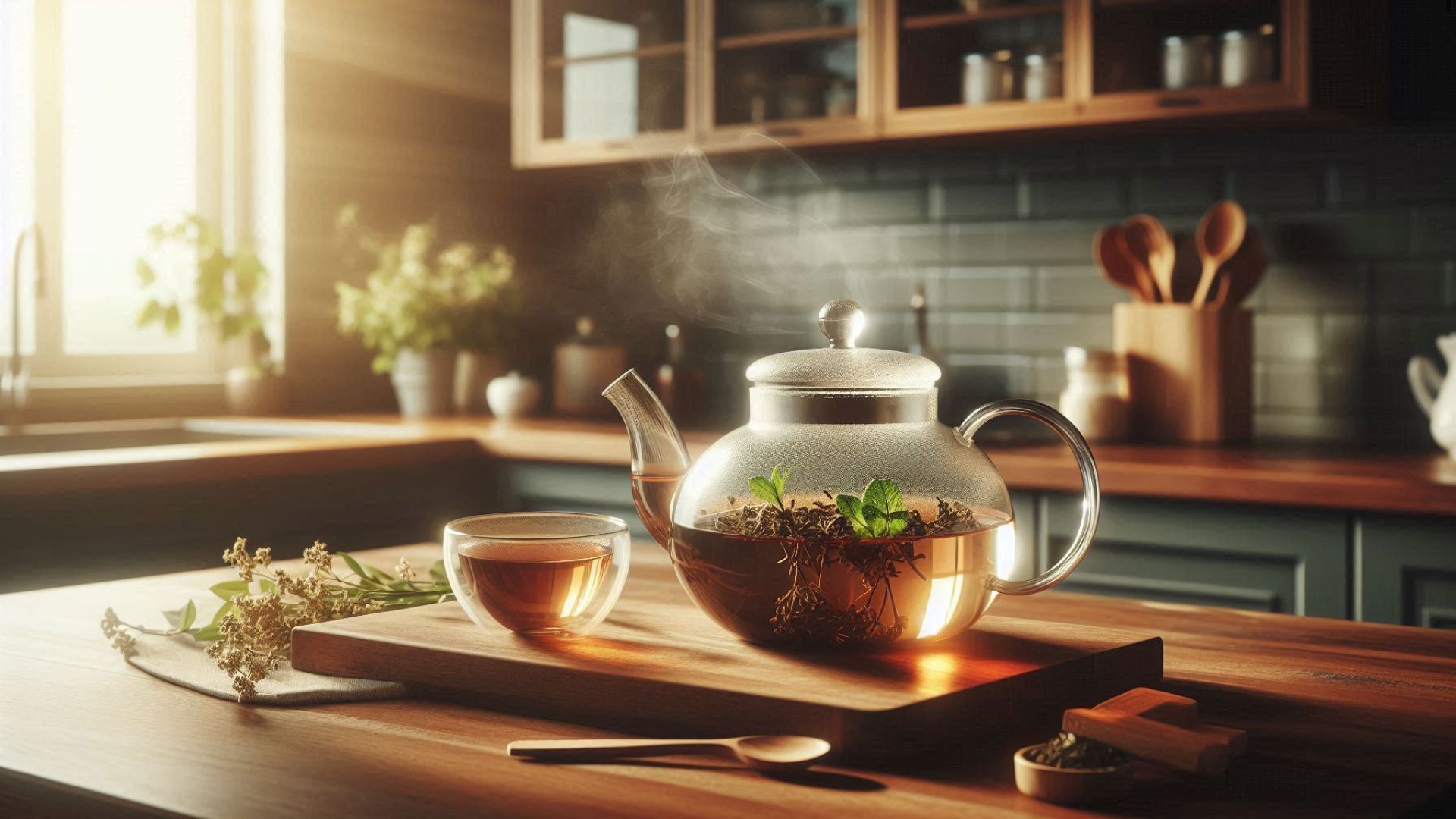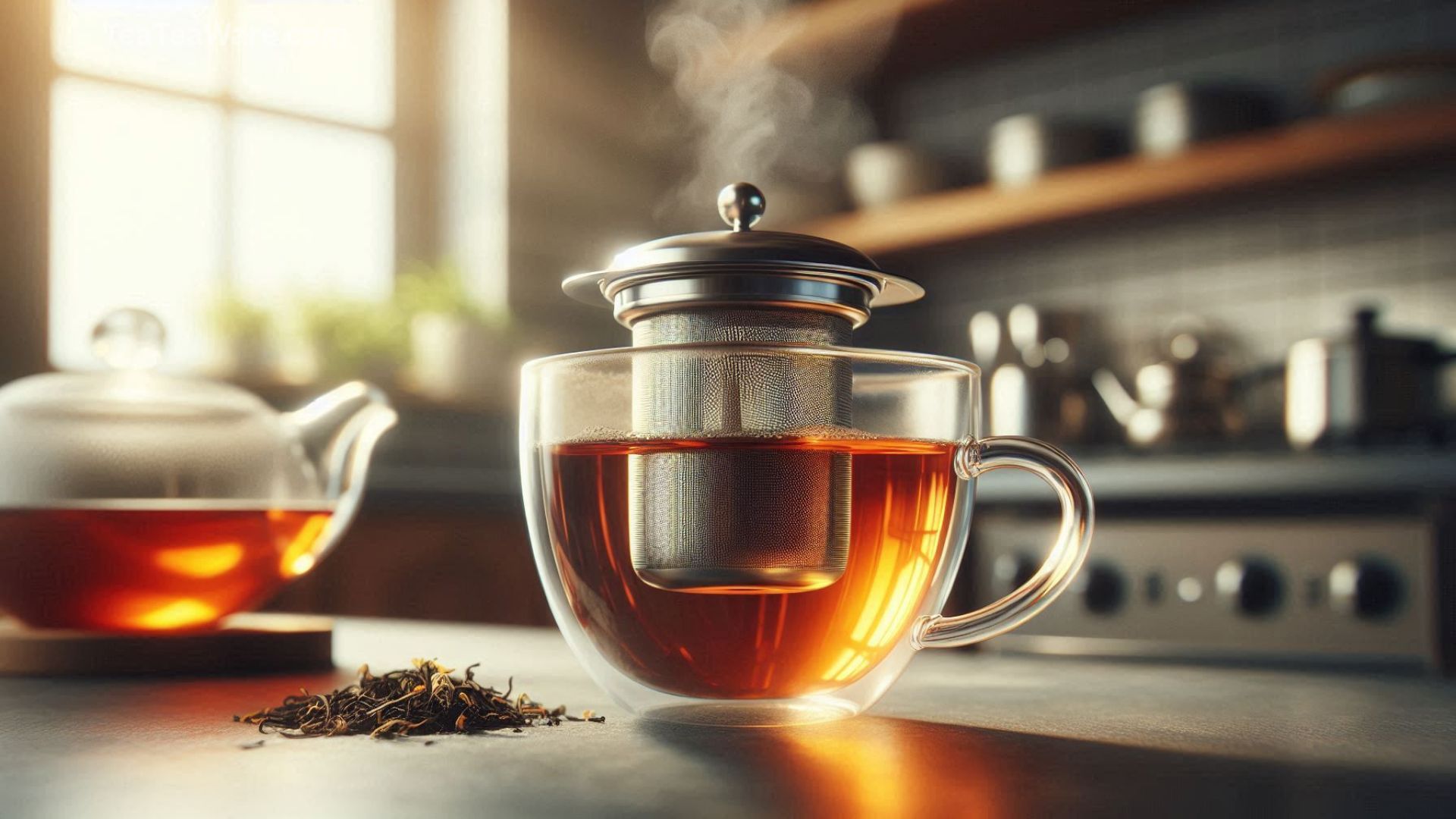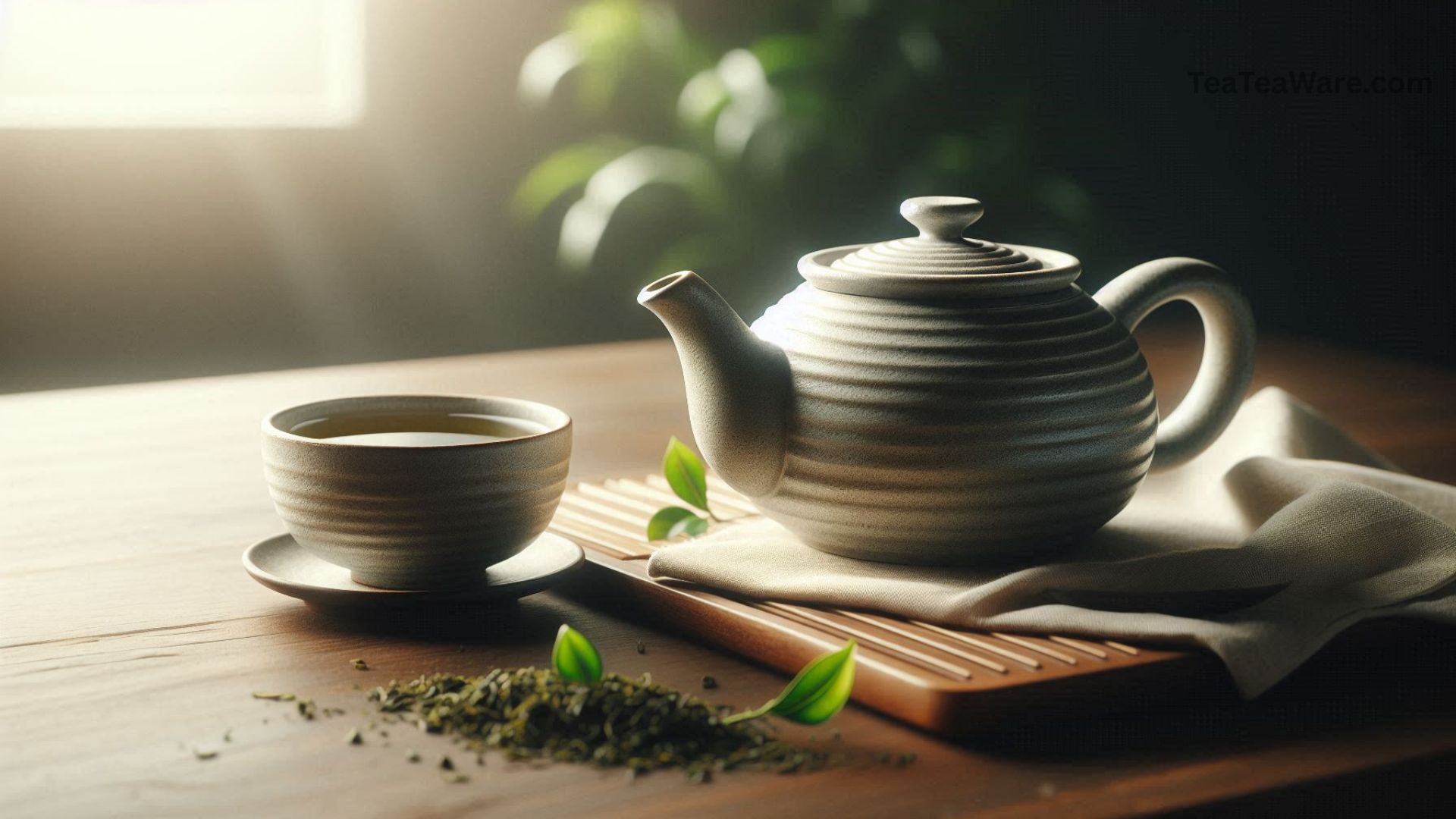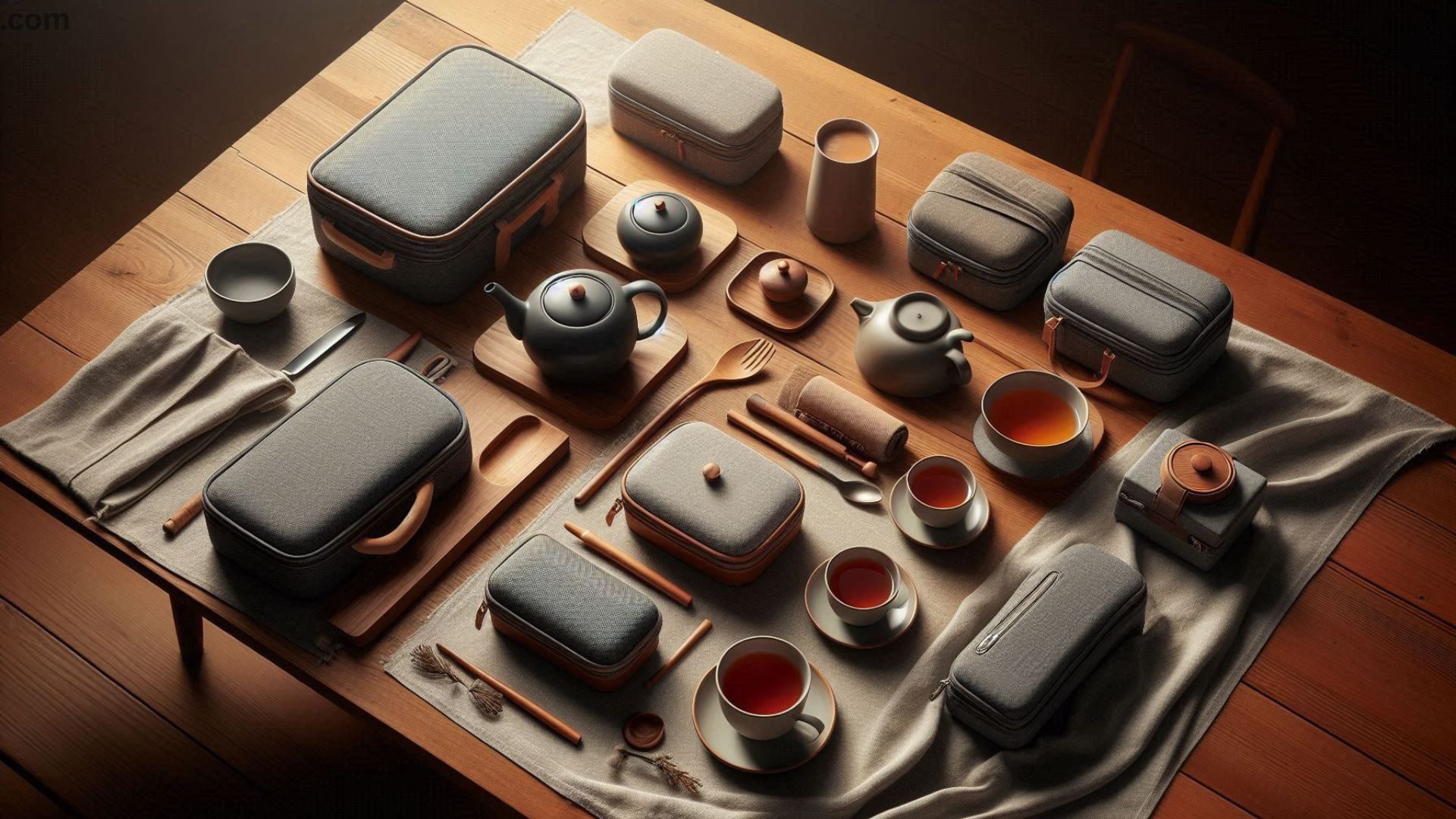Glass teapots are a delight for tea lovers. There’s something almost meditative about watching tea leaves unfurl in crystal-clear water, the color deepening as the flavor develops. But as much as they look amazing, many people hesitate before buying one. The burning question is: Are glass teapots durable enough for everyday use?
Let’s explore the ins and outs of glass teapots, what makes them strong or fragile, and how to make them last for years of daily tea enjoyment.
What Exactly Is a Glass Teapot?
At its simplest, a glass teapot is a teapot made primarily of glass. That said, not all glass is created equal. Some types are delicate and prone to cracking, while others are engineered for strength and longevity.
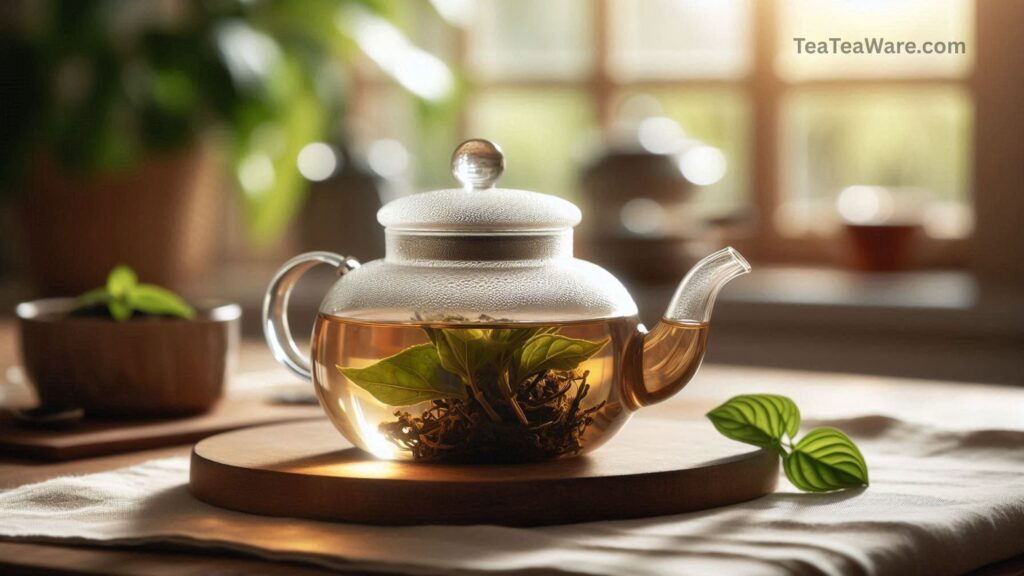
Glass teapots allow you to see the brewing process, making your tea ritual more enjoyable. Watching tea leaves swirl and bloom is not just visually appealing—it also gives you a cue for when your tea is perfectly brewed.
Types of Glass Used in Teapots
Glass teapots are typically made from one of two types of glass: borosilicate or soda-lime.
1. Borosilicate Glass
Borosilicate is the gold standard for teapots. Made from a combination of silica and boron oxide, it resists thermal shock and can handle boiling water without cracking. Fun fact: it’s the same type of glass used in laboratory equipment. If you want a teapot that can survive daily use without a worry, borosilicate is your best bet.
Benefits:
- Can handle rapid temperature changes
- Clear and visually appealing
- No chemical or metallic taste
2. Soda-lime Glass
Soda-lime glass is more budget-friendly and widely available. While it looks similar to borosilicate, it is less durable and more prone to cracking or chipping, especially under heat. For occasional tea drinking, soda-lime glass is fine, but daily use may shorten its lifespan.
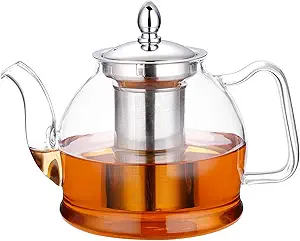
HIWARE 1500ml Glass Teapot
This bestselling borosilicate glass teapot is stovetop safe, easy to clean, and perfect for daily loose-leaf tea brewing.
Also Read: Why Moroccan Tea Is Always Served with a Metal Teapot?
Top Glass Teapots for Daily Use
Here are some standout picks for durable, high-quality glass teapots:
HIWARE 1500ml Glass Teapot
A bestselling borosilicate option, this teapot is stovetop safe, easy to clean, and perfect for loose-leaf teas. Its large capacity makes it great for multiple servings or entertaining guests.
Key Features:
- 1500ml capacity
- Stovetop safe
- Easy to clean, dishwasher friendly
PARACITY Glass Teapot Stovetop
Designed for heavy use, this teapot features a wide handle, precision pour spout, and removable stainless steel infuser. Ideal for brewing multiple teas without changing pots.
Key Features:
- Stovetop safe
- Removable infuser for loose-leaf tea
- Wide, ergonomic handle
Teabloom Stovetop & Microwave Safe
A premium choice built for both beauty and strength, this teapot is perfect for blooming teas and daily steeping alike.
Key Features:
- Elegant design for serving guests
- Microwave and stovetop safe
- Durable borosilicate construction
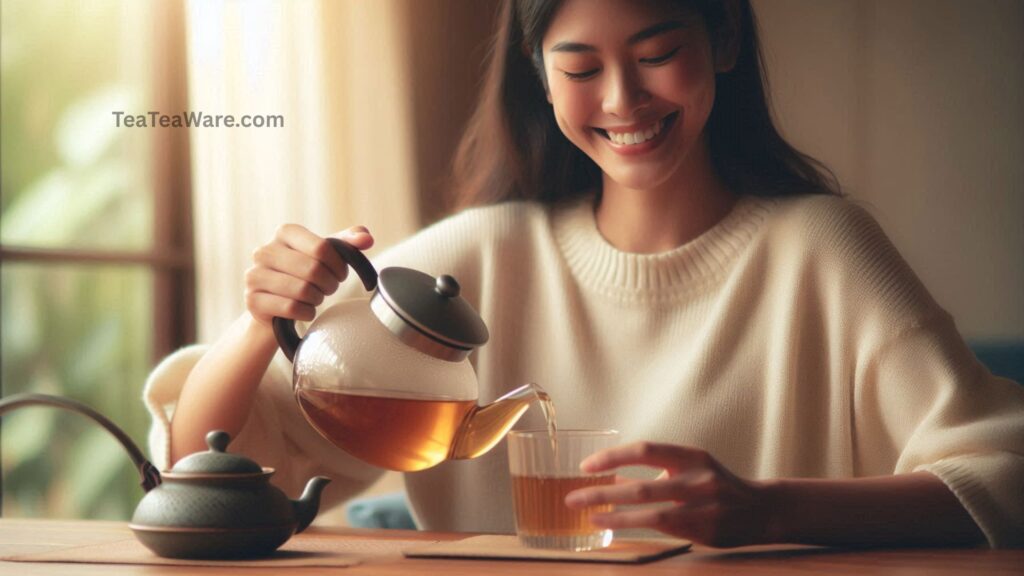
Why People Love Glass Teapots
- Glass teapots aren’t just pretty—they offer practical benefits too:
- Heat Resistance: Borosilicate glass withstands boiling water, so you don’t need to worry about cracks or shattering.
- Visual Appeal: Watching your tea brew is a relaxing, almost meditative experience.
- Flavor Integrity: Unlike metal, glass doesn’t affect the taste of your tea. You get pure, fresh flavor every time.

PARACITY Glass Teapot Stovetop
Designed for heavy use, this teapot features a wide handle, precision pour spout, and a removable stainless steel infuser.
Also Read: What’s the Best Teaware for Detox Teas?
Are Glass Teapots Durable Enough?
Short answer: yes—if you choose the right teapot.
A well-made borosilicate glass teapot can last for years, even with daily use. Cheaper models, however, may chip, crack, or have poor construction, leading to frustration. The key is understanding what makes a teapot durable.
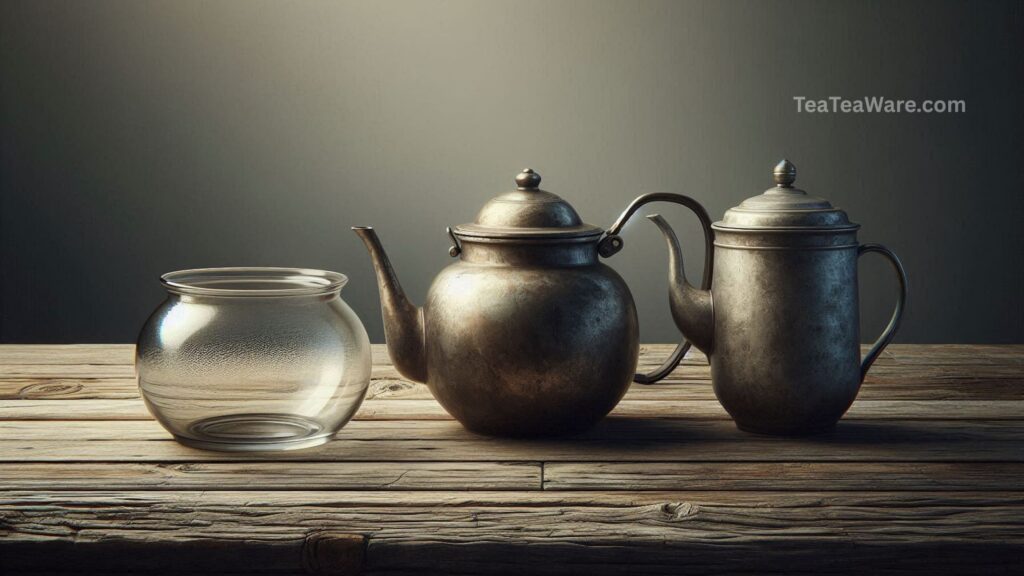
Factors That Affect Durability
Several factors influence a glass teapot’s lifespan:
| Factor | Why It Matters |
|---|---|
| Glass Thickness | Thicker glass tends to withstand daily use and minor bumps better. |
| Build Quality | Smooth seams, snug lids, and a balanced spout make a teapot sturdier. |
| Design | Wide handles, spill-proof spouts, and stable bases reduce breakage risk. |
| Thermal Shock Resistance | The ability to handle sudden temperature changes prevents cracks. |
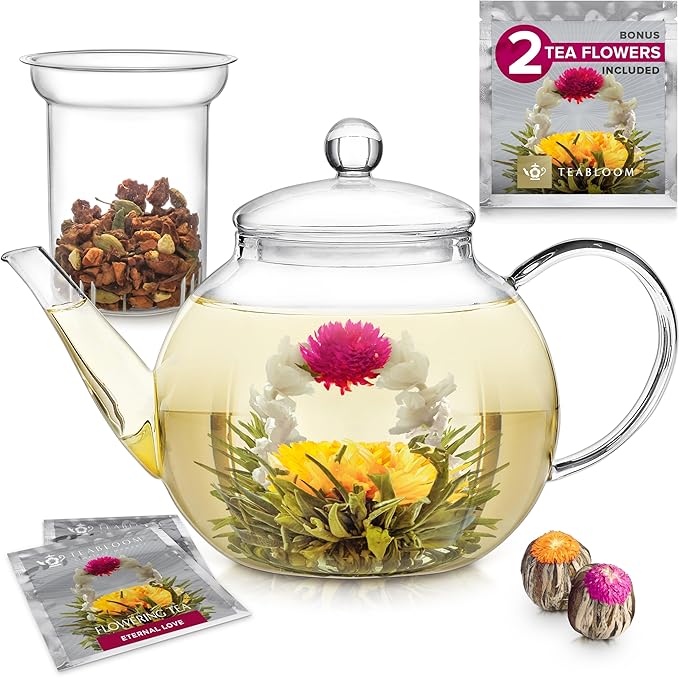
Teabloom Stovetop & Microwave Safe
A larger, premium option made for both beauty and strength — perfect for blooming teas and everyday steeping.
Also Read: Top 3 Tea Infusers for Loose Leaf Tea in 2025
Comparing Glass Teapots with Other Materials
- Ceramic: Excellent insulation but can chip easily and hides the brewing process.
- Stainless Steel: Very strong but may alter flavor slightly.
- Cast Iron: Heavy-duty and excellent heat retention, but requires care and is less convenient.
Glass teapots strike a balance: they are visually stunning, generally durable, and preserve flavor.
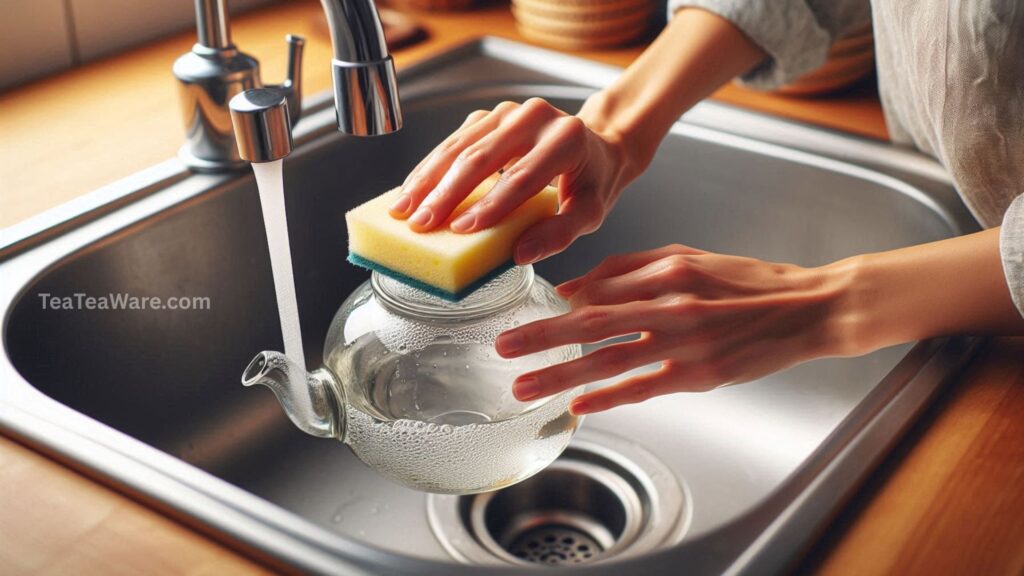
Safety Tips for Daily Use
- If you plan to use your glass teapot every day:
- Store safely to prevent accidental knocks or falls.
- Stick with borosilicate glass for heat resistance.
- Check for microwave and dishwasher compatibility.
- Avoid pouring boiling water into a cold teapot; warm it gradually.
How to Make Your Glass Teapot Last Longer
- Clean Gently: Use a soft sponge and mild soap; avoid harsh scrubbers.
- Store Smart: Keep it in a safe spot, away from edges or high-traffic areas. Remove the lid to prevent odors.
- Avoid Thermal Shock: Rinse with warm water before adding boiling water to prevent cracking.
- Handle with Care: While borosilicate is tough, rough handling can still cause damage.
Real-World Examples & Tips
- Daily Loose-Leaf Tea: Many tea enthusiasts use a 1500ml HIWARE teapot daily for morning and evening brews without any issues.
- Blooming Tea Parties: Teabloom teapots are ideal for visually stunning teas; the clear glass enhances presentation while maintaining durability.
- Multi-Use Kitchens: PARACITY teapots are designed for frequent use in homes or small cafes, proving glass can be both elegant and practical.
Conclusion
Glass teapots are more than just a pretty accessory—they’re functional, safe, and durable enough for daily use if you choose the right type. Borosilicate glass, careful handling, and proper care will let you enjoy your tea rituals for years.
Whether you’re brewing morning green tea, evening herbal blends, or hosting a blooming tea party, a well-made glass teapot brings elegance, flavor integrity, and visual joy to every cup.
Ready to upgrade your tea game? Explore borosilicate glass teapots from trusted brands and turn your daily tea ritual into a moment of calm beauty
FAQs About Glass Teapots
Q1. Can I put a glass teapot directly on the stove?
Only if it’s borosilicate and labeled stovetop-safe. Avoid soda-lime glass for direct heat.
Q2. Are glass teapots microwave safe?
Most borosilicate glass teapots are, but always check the manufacturer’s instructions.
Q3. How do I prevent cracks in my teapot?
Avoid thermal shock: warm the pot first, use gentle cleaning, and don’t expose it to extreme temperature changes.
Q4. Are glass teapots dishwasher safe?
Many are, but hand washing is often recommended to extend life.
Q5. Can I use metal spoons in a glass teapot?
It’s better to use wooden or silicone utensils to prevent scratches.

